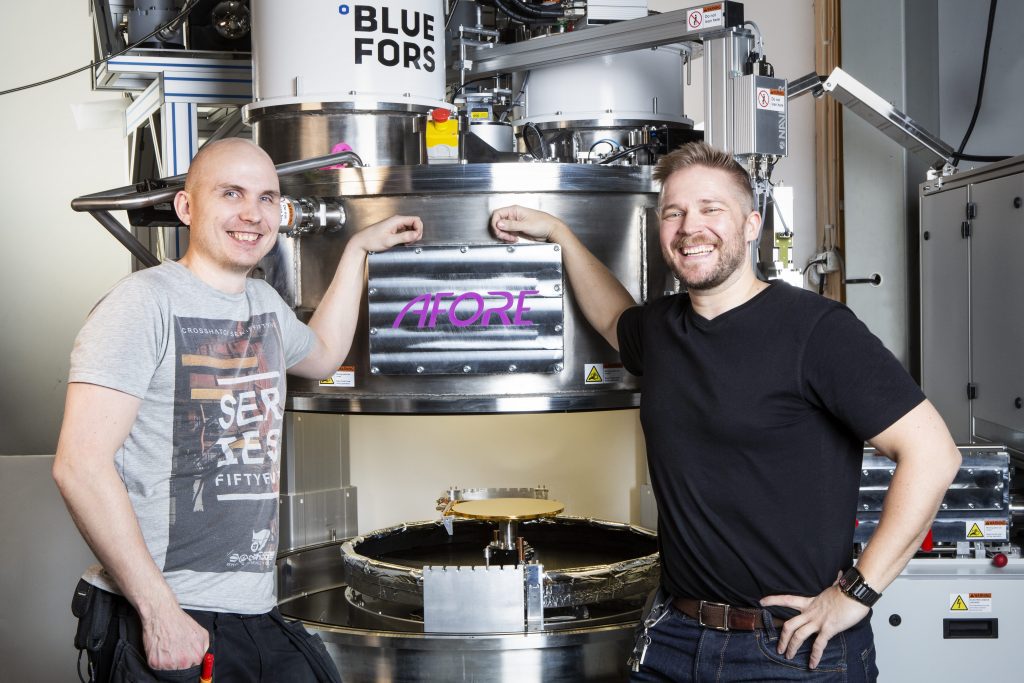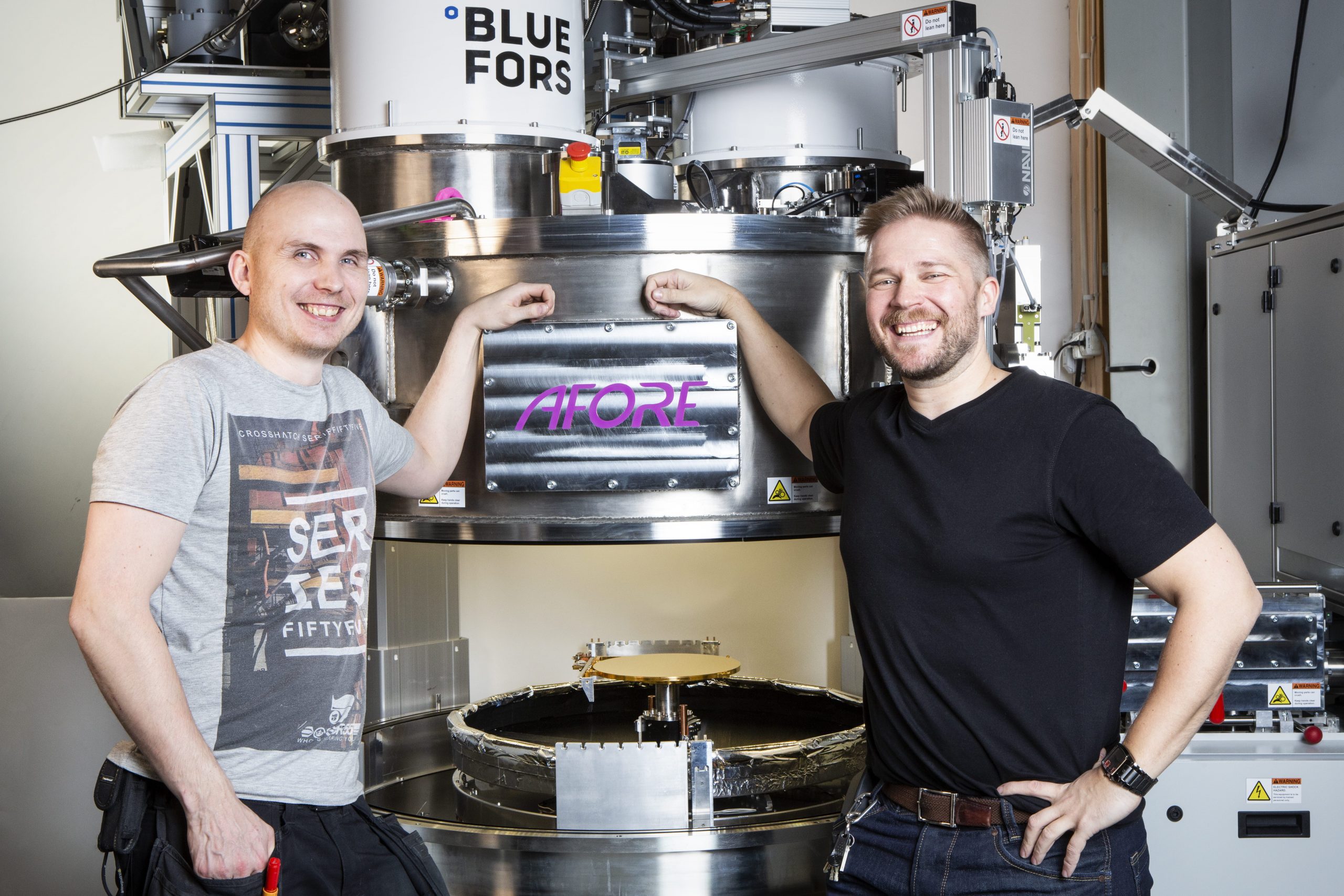AKI JUNES, Manager, Technical Sales and Marketing, AEM
The digitalization trend in almost all verticals — industrial, manufacturing, transportation, telecommunications, logistics, medical, research — has created an explosion of both structured and unstructured data. At the same time, technology is being developed at an exponential rate. We’re seeing advances in artificial intelligence (AI) and machine learning (ML), the cloud, and now the metaverse. These advancements will soon enough require even more and more processing power than the latest supercomputers can provide.
Until now, the world has relied on supercomputers—very large classical computers with thousands of CPU and GPU cores—to solve most problems. However, there are certain problems that even supercomputers aren’t very good at solving because they don’t have the working memory to hold the myriad combinations of real-world problems, and they have to analyze each combination one after another, which can take a long time. [1]
Quantum leap
In comes quantum computing, a new computing paradigm that harnesses the power of quantum mechanics to deliver the ultimate in parallel computing. [2] Quantum computing has the potential to help industries, research institutions, and the society solve problems that currently overwhelm today’s classical computers.
Quantum computing is based on a discovery that atoms do not follow traditional rules of physics. Classical computers work with bits—consisting of ones and zeroes—but a quantum computer uses quantum bits or qubits, which, on top of the ones and zeroes, also has a superposition where it can be a one and a zero at the same time.
Because of this, operations on qubits can amount to a large number of computations in parallel, a characteristic called entanglement. If one qubit simultaneously represents two states, two qubits represent four states when coupled together. They can no longer be treated independently — they now form an ‘entangled’ super state.
As more qubits link together, the number of states exponentially increase, leading to a computer with astronomically large computing power. In theory, some specific problems are said to be solvable in much less time on a quantum computer than using the best-known algorithms for a classical computer. [3]
There are no commercial quantum computers yet, but development has advanced steadily over the past decade, with multiple companies now offering quantum applications as a service via cloud platforms such as Amazon Web Services, Google Cloud, and Microsoft Azure. [4]
According to market analyst International Data Corp. (IDC), customer spend for quantum computing is projected to grow from $412 million in 2020 to $8.6 billion in 2027—representing a six-year compound annual growth rate (CAGR) of 50.9% over the 2021-2027 forecast period. The forecast includes core quantum computing as a service as well as enabling and adjacent quantum computing as a service.
Mainly driving this strong growth are major breakthroughs in quantum computing technology, a maturing quantum computing as a service infrastructure and platform market, and the growth of performance intensive computing workloads suitable for quantum technology.
IDC also expects investments in the quantum computing market—made by public and privately funded institutions, government spending worldwide, internal allocation (R&D spend) from technology and services vendors, and external funding from venture capitalists and private equity firms—to grow at a CAGR of 11.3% and reach nearly $16.4 billion by the end of 2027.
Manufacturing conundrum
Key to the successful development of quantum computers is the quantum processor. However, the inherent characteristics of qubits are making the development and manufacturing of such chips extremely complicated. For one, quantum states are fragile. They can collapse into a classical state if disturbed by noise or measurement.
Another issue is the no-cloning theorem, which means it is not possible to copy the state of one qubit onto another without altering the state of the first one, thereby depriving developers of the classical error-correction tool: copying. [5]
Moreover, the implementation of semiconductors in developing quantum chips has been challenging in its own right because some materials can exhibit many quantum degrees of freedom that may cause qubits to interact with each and decohere quickly. [6]
Of course, researchers and designers have already developed quantum computing semiconductor chips. But today’s quantum systems only have tens or hundreds of entangled qubits, limiting them from solving real-world problems.
Intel Corp. has a 49-qubit superconducting quantum test chip, while IBM Quantum’s 127-qubit Eagle quantum processor is already considered the ‘biggest’, and therefore, most powerful quantum chip available. For quantum computing to achieve practicality, commercial quantum systems need to scale to over a million qubits and overcome daunting challenges like qubit fragility and software programmability to make the leap from research to commercial viability in many applications. [7]
Bringing quantum computing from laboratory to production
One technology provider that can help speed up that leap is AEM, a global provider of test and handling tools for the semiconductor industries. In particular, its Cryogenic Wafer Prober (CWP). Cryogenic wafer probing is important for device testing of several emerging technologies, such as cryogenic quantum computing and supra-conductive CMOS semiconductors, wherein temperatures near absolute zero are essential.
Click here to read the full article in Semiconductor Digest magazine.

